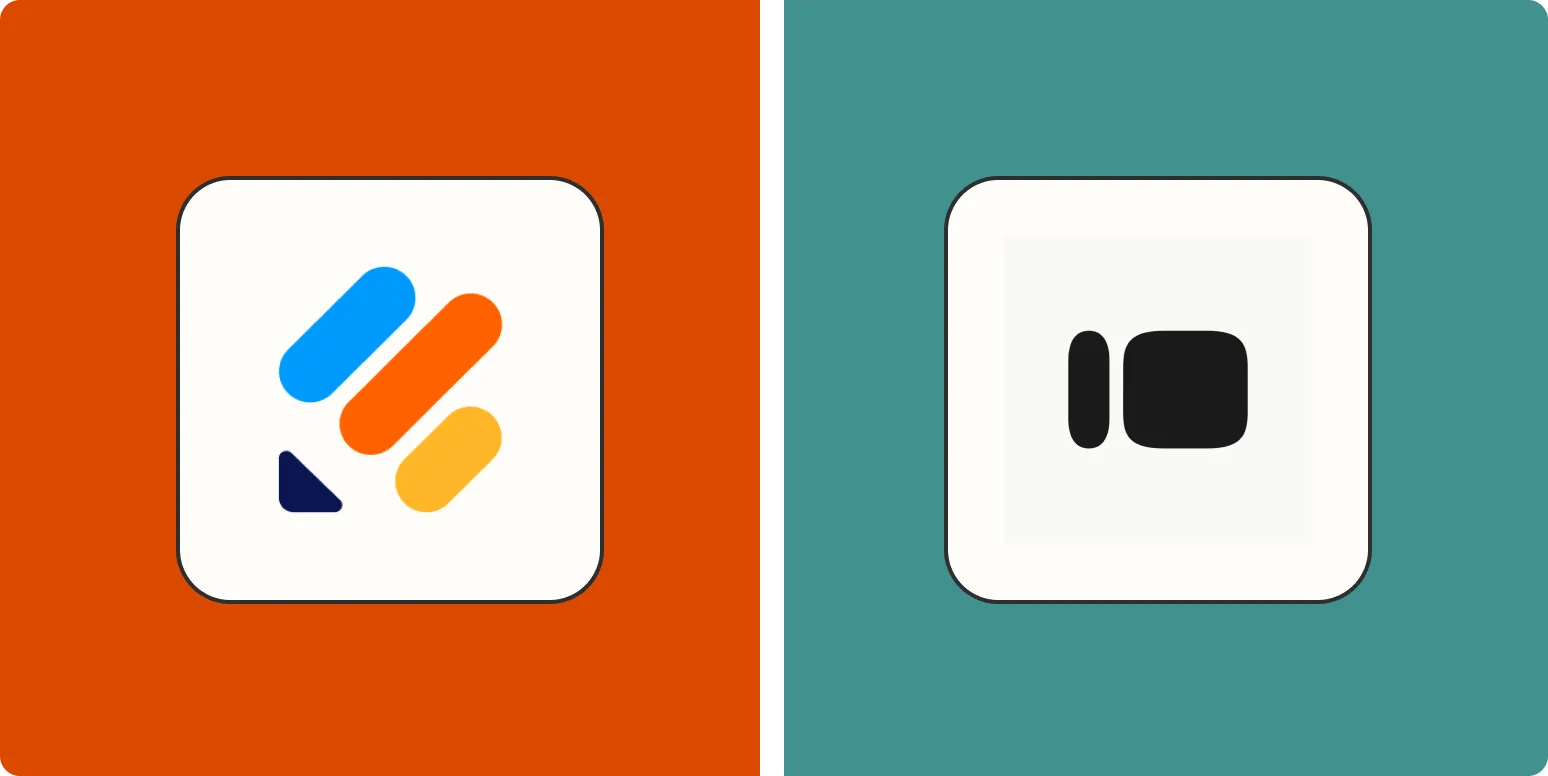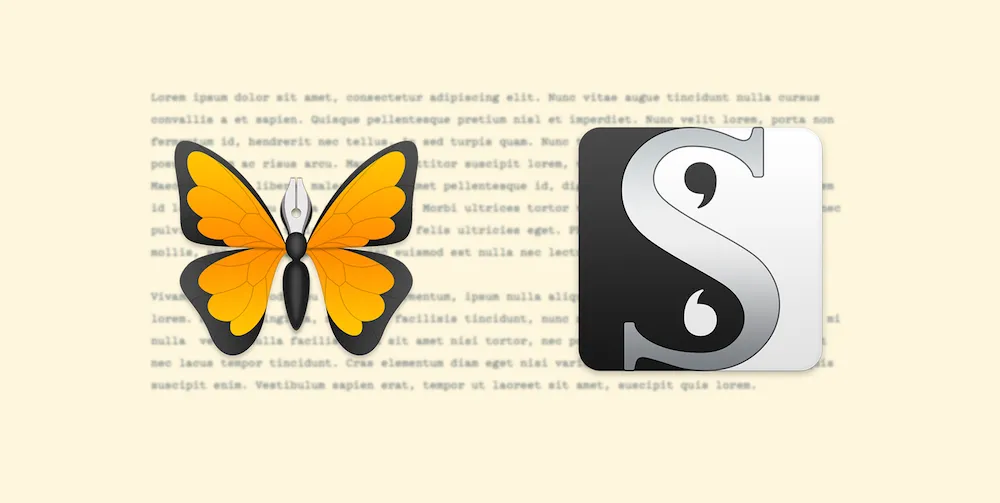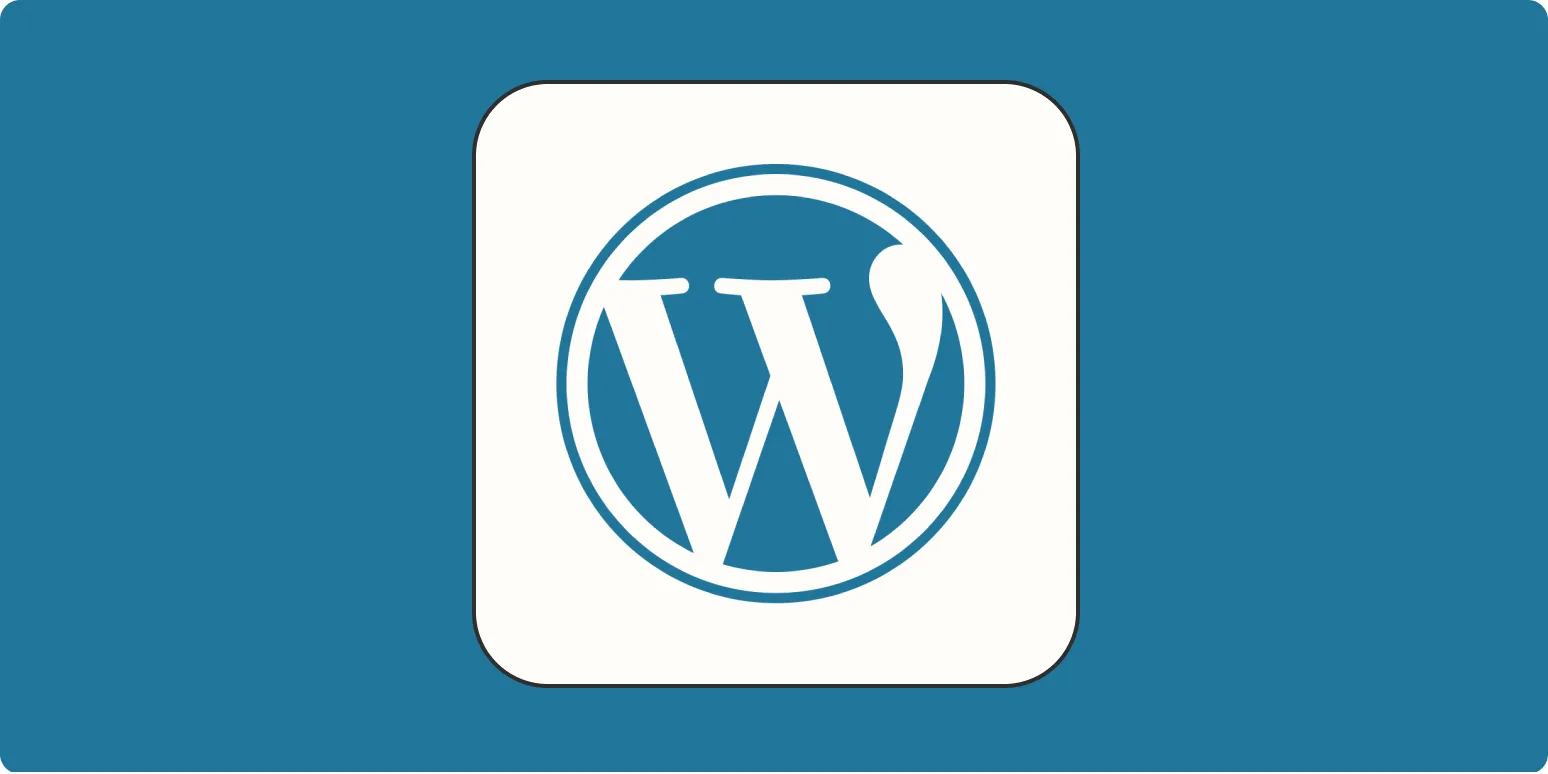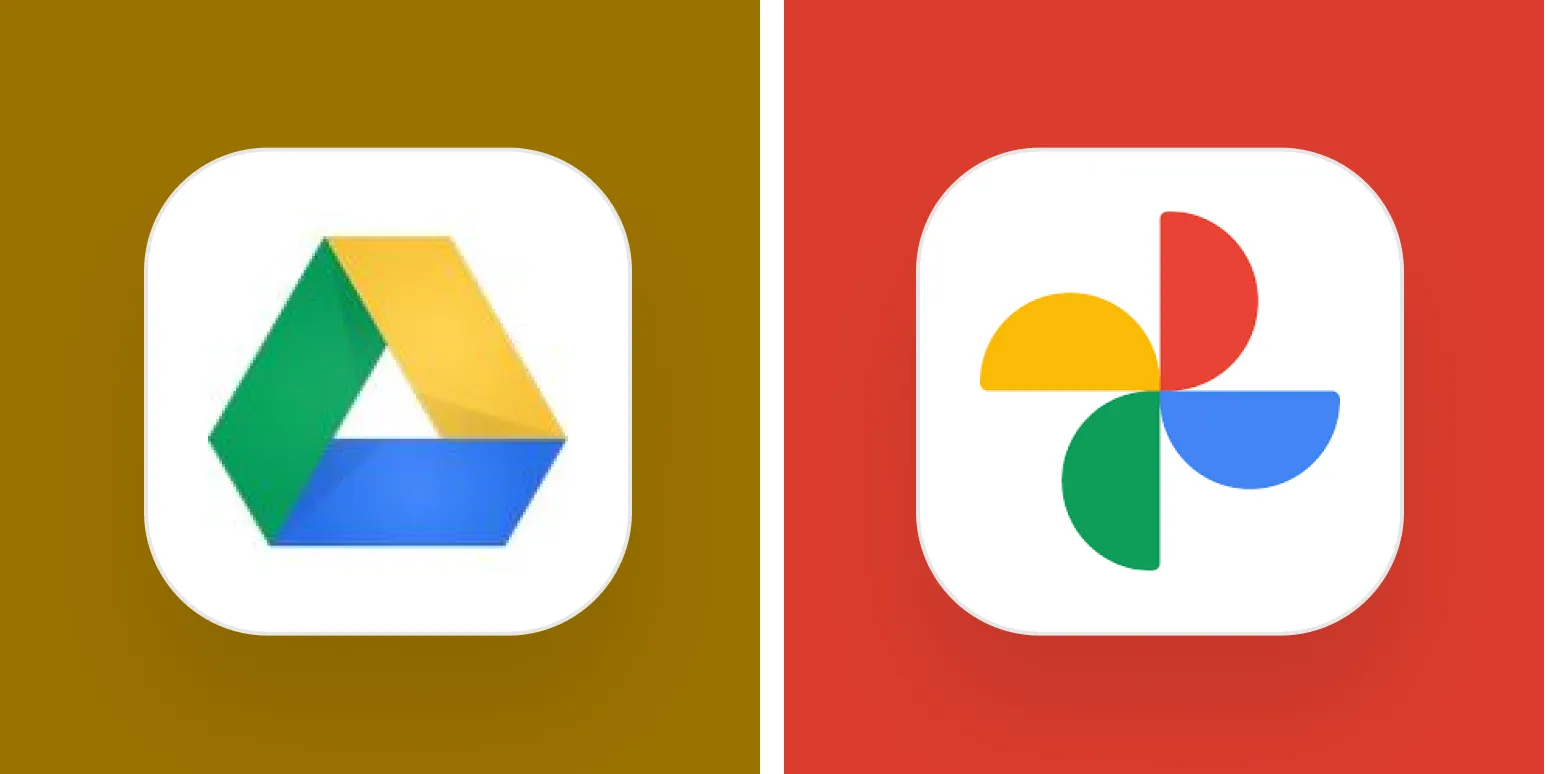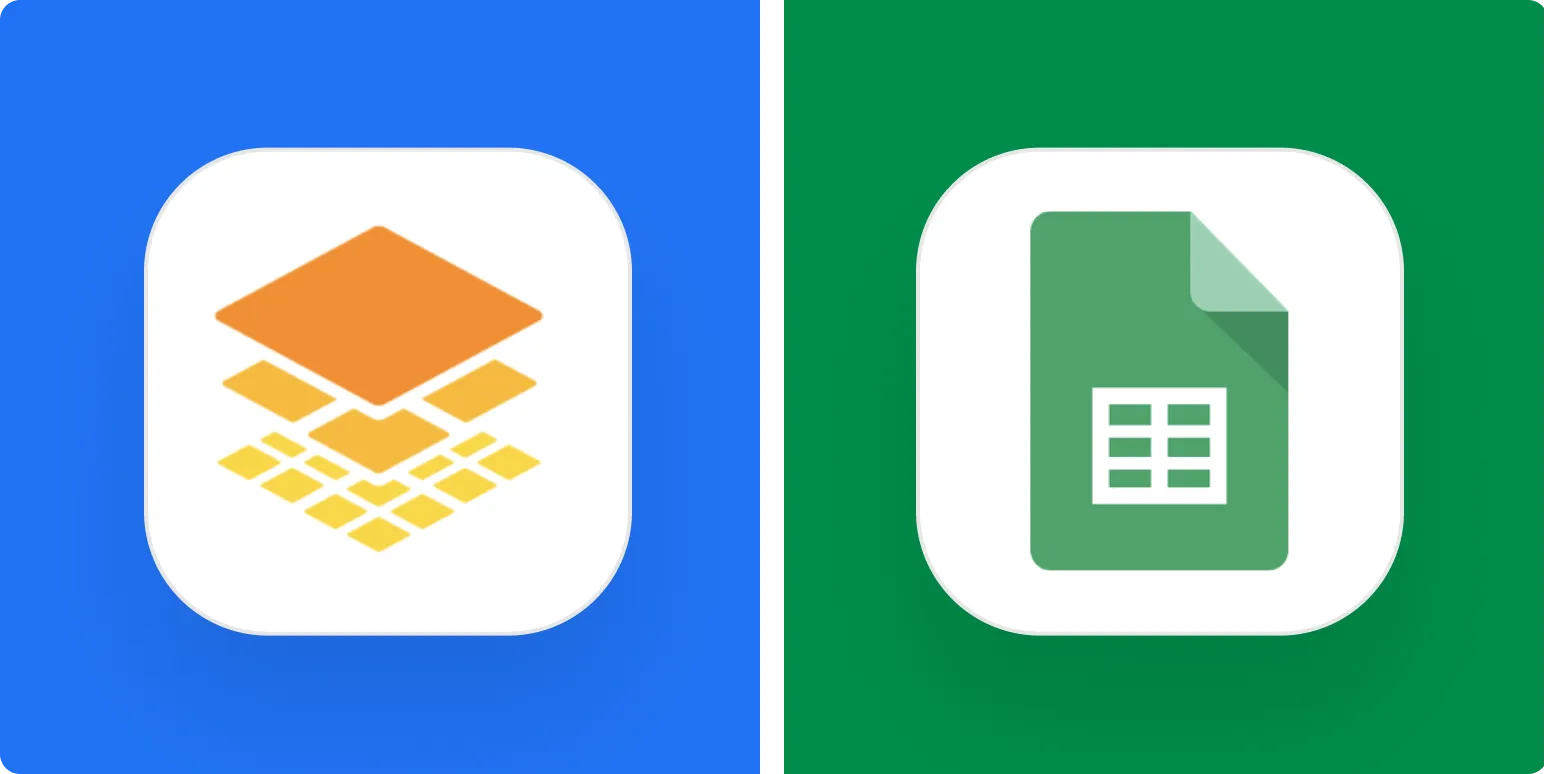Overview of Jotform and Typeform
When it comes to online form builders, Jotform and Typeform are two of the most popular options available. Both platforms offer unique features and functionalities, making it essential for users to understand their differences to choose the best tool for their needs. This article will delve into a detailed comparison of Jotform vs. Typeform, highlighting key aspects such as usability, design, integrations, pricing, and customer support.
Usability
Usability is a critical factor when selecting a form builder. Users want a platform that is intuitive and easy to navigate.
| Feature | Jotform | Typeform |
|---|---|---|
| Drag-and-Drop Interface | Yes | Yes |
| Templates Available | Over 10,000 | Over 100 |
| Learning Curve | Low | Moderate |
Jotform offers a more extensive library of templates, which can significantly speed up the form creation process. Typeform, however, focuses on a conversational style, which can enhance user engagement.
Design and Customization
Design flexibility is another crucial consideration for many users. A well-designed form can lead to higher completion rates.
| Feature | Jotform | Typeform |
|---|---|---|
| Customization Options | Extensive | Moderate |
| Mobile Responsiveness | Yes | Yes |
| Branding Options | Full Control | Limited |
Jotform provides more extensive customization options, allowing users to adjust every element of the form. Typeform, while visually appealing, is somewhat limited in terms of branding flexibility.
Integrations
Integrations can enhance the functionality of your forms by connecting them with other applications.
| Integration Capability | Jotform | Typeform |
|---|---|---|
| Third-party Integrations | Over 100 integrations | Over 100 integrations |
| API Availability | Yes | Yes |
| Zapier Support | Yes | Yes |
Both Jotform and Typeform offer robust integration options, including API support and compatibility with Zapier. Users can easily connect their forms with various applications to automate workflows.
Pricing
Pricing is often a deciding factor when choosing a form builder. Understanding the cost structures can help users make an informed choice.
| Plan | Jotform | Typeform |
|---|---|---|
| Free Plan | Yes (5 forms, 100 submissions/month) | Yes (1 form, 10 questions, 100 responses/month) |
| Basic Paid Plan | $34/month | $35/month |
| Enterprise Plan | Custom Pricing | Custom Pricing |
Both platforms offer free plans, but Jotform provides more generous limits for users looking to test the software. The paid plans are comparably priced, but Jotform offers additional features that may justify the cost.
Customer Support
Quality customer support can significantly enhance the user experience, especially for those new to online form building.
| Support Feature | Jotform | Typeform |
|---|---|---|
| Email Support | Yes | Yes |
| Live Chat | Yes | No |
| Phone Support | No | No |
Jotform offers live chat support, which can be a significant advantage for users who require immediate assistance. Typeform does provide email support but lacks real-time communication options.
Conclusion
In the comparison of Jotform vs. Typeform, both platforms have their strengths and weaknesses. If you're looking for a more customizable solution with extensive templates and superior customer support, Jotform may be the better choice. On the other hand, if you prioritize a conversational user interface and engaging design, Typeform could be the way to go. Ultimately, the best form builder for you will depend on your specific needs and preferences.
Consider trying out both platforms to see which one aligns better with your requirements. With their respective strengths, either option can significantly streamline your form-building process and enhance user engagement.

